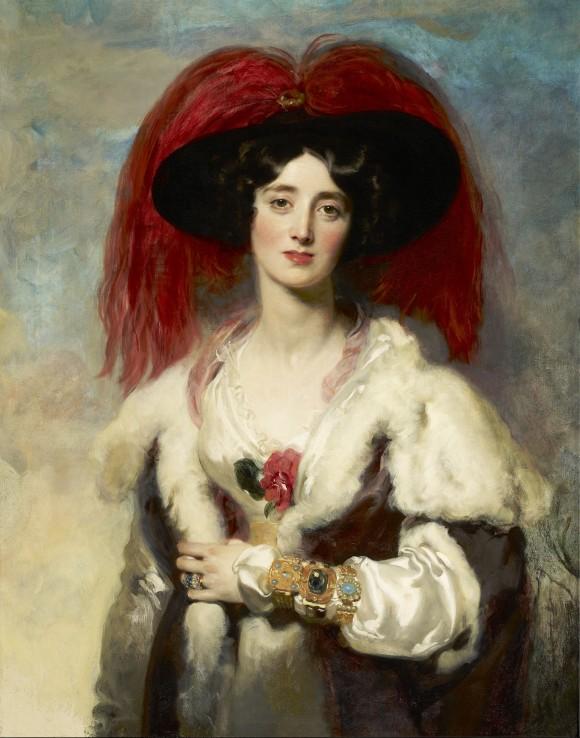In this column, “The Masters’ Thread,” artists share their thoughts about how one master’s piece inspires their current work.
One of my favorite portrait painters is Thomas Lawrence (1769–1830), who was the premier portraitist of the Regency in England and considered by many to be “the Rubens of his age.” His 1827 masterpiece “Julia, Lady Peel” is on view in the library at The Frick Collection. I recently made a sketch to study it closely.

"Julia, Lady Peel," 1827, by Sir Thomas Lawrence (1769–1830). Oil on canvas, 35 3/4 inches by 27 7/8 inches. The Frick Collection. Michael Bodycomb

